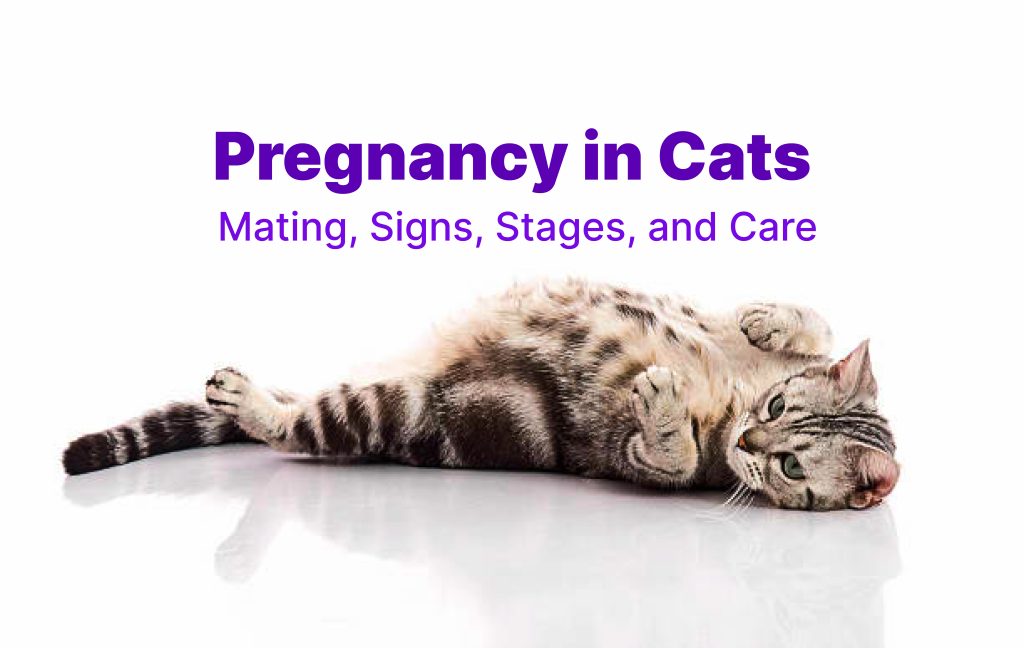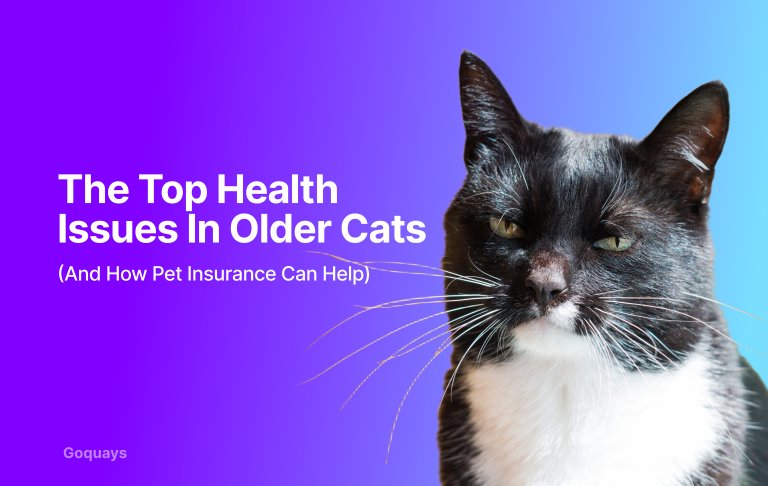Bringing a new life into the world is a beautiful experience, even for cats. If your feline companion is pregnant or you think she might be, it’s normal to feel a mix of curiosity, joy, and maybe a little worry. You’re not alone in your cat pregnancy journey.
This guide is here to gently walk you through every stage of cat pregnancy, from the first spark of mating to the sweet moment you meet her kittens. Think of this as a warm hand on your shoulder, guiding you through every step and helping you provide the care your queen deserves.
The Cat Mating Process
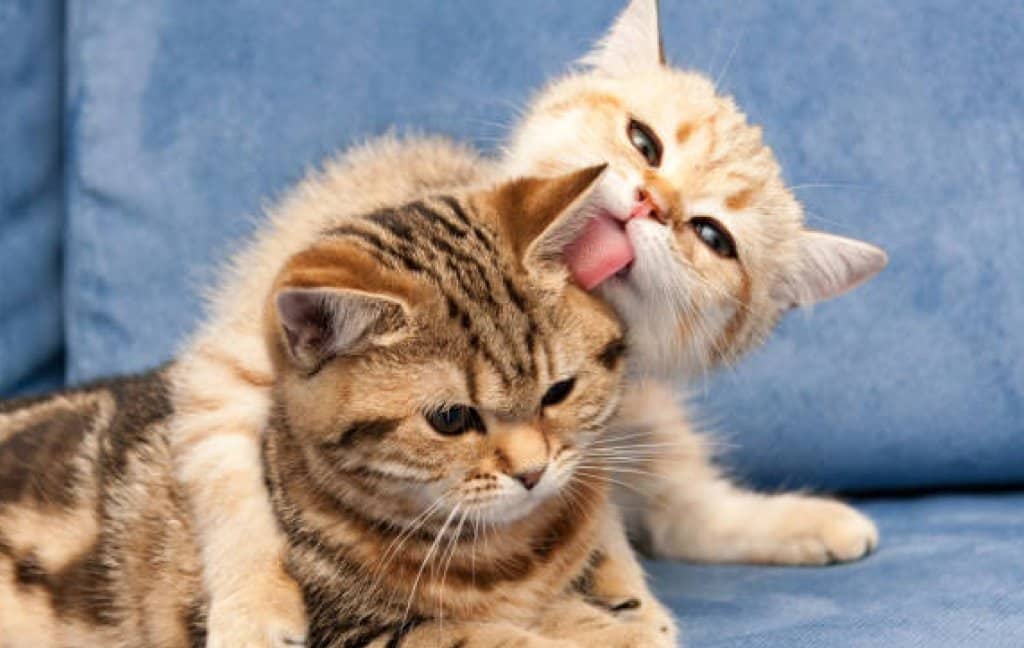
The most significant and initial step in a cat’s pregnancy is mating. The journey begins with the cat mating process, and while it may seem sudden or a bit noisy, it’s completely natural. Most female cats (queens) can become fertile as early as 4 to 6 months old. Once she’s in heat, her body tells her it’s time to find a mate.
During this time, you might notice your queen becoming:
- Extra affectionate
- More vocal, especially at night
- Restless or determined to get outside
- Prone to rolling, rubbing, and lifting her tail when petted
She’s not being “naughty” or strange; she’s just following instincts. Unlike humans, cats typically ovulate only after mating, which means that even a single mating session can result in pregnancy.
Some queens will mate with multiple toms (male cats) in a short time, and it’s not uncommon for kittens in the same litter to have different fathers. The act itself is fast, just a few seconds long, but it can lead to big changes ahead.
Tracking Fertility & Ovulation
Understanding your cat’s reproductive cycle helps you know what to expect and how to support her. The cycle follows a rhythm, and you’ll notice patterns if you’re paying close attention.
The four stages of the feline cycle:
- Proestrus (1–2 days): She may act differently but will not be ready to mate just yet.
- Oestrus (4–10 days): This is her actual heat. You’ll likely see affection, vocalisation, tail-lifting, and possible attempts to escape outside.
- Metestrus/Diestrus: If mating occurred, ovulation happens, and pregnancy may follow.
- Anestrus: A quiet phase, usually during winter, where she doesn’t show any mating behaviour.
Cats who live indoors may cycle all year round, while outdoor cats follow a seasonal pattern from early spring to late autumn. If you aren’t planning for kittens, it’s best to talk to your vet about spaying early, before her first heat.
Heat Cycles in Cats: What Owners Should Know
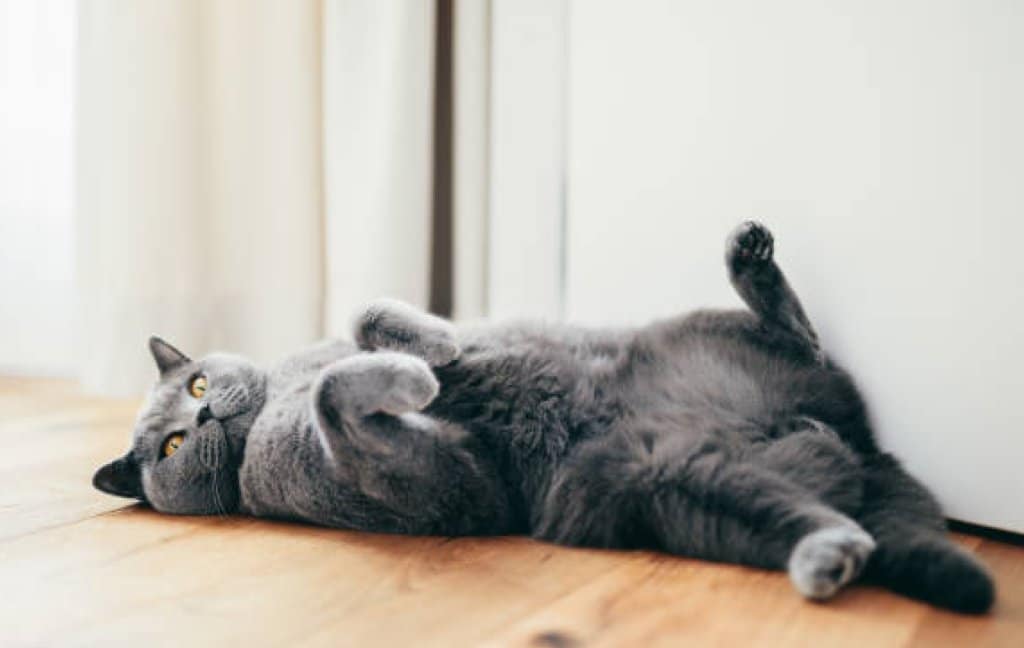
Before a cat becomes pregnant, she goes through a natural reproductive rhythm known as the oestrus, or “heat”, cycle. This cycle can start as early as 4–6 months of age and repeats every 2–3 weeks during the breeding season, which is usually from spring through early autumn.
During oestrus, you may notice your cat:
- Yowling loudly, often at night
- Rolling on the floor frequently
- Rubbing up against furniture, walls, or you
- Lifting her rear and tail when petted
- Attempting to escape outside
These behaviours are driven by surging oestrogen levels, signalling she is receptive to mating. Unlike dogs, cats do not bleed during heat, but their behaviour becomes unmistakably bold and persistent.
Because cats are induced ovulators, mating triggers ovulation. This means even a short encounter with a male can lead to pregnancy. If mating doesn’t occur, the cycle usually ends in a few days, only to repeat shortly.
If you’re not planning for kittens, this section explains in detail why early spaying is recommended to prevent both behavioural stress and unplanned pregnancies.
Signs of Cat Pregnancy
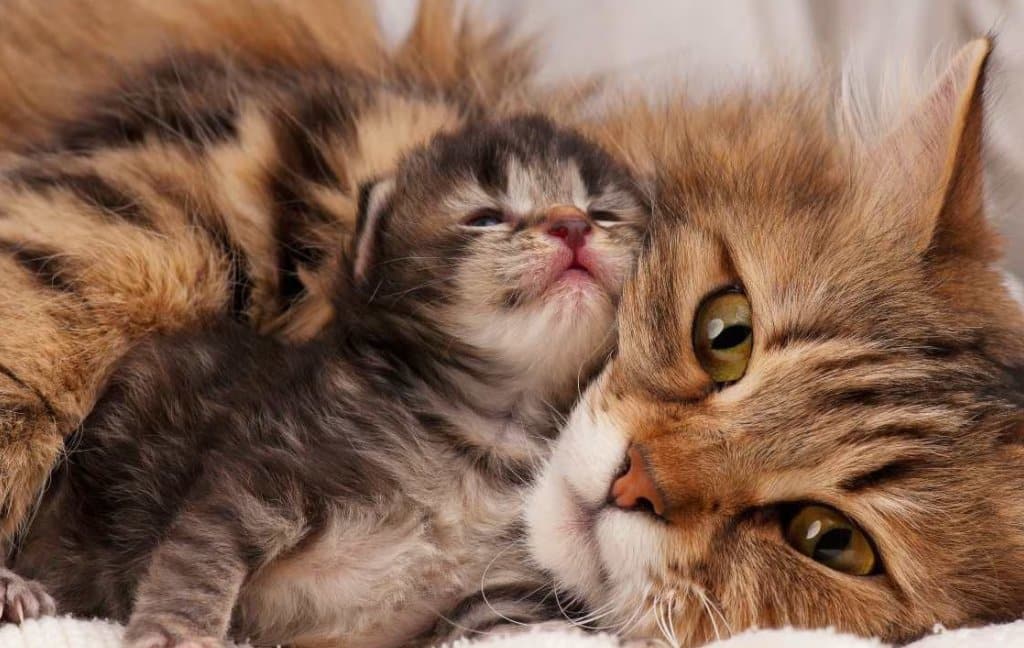
Once mating happens, her body quietly begins to change. The first few weeks bring gentle signs that life is beginning to grow inside her.
Here’s what you might notice:
- Nipple changes: Around week 2 or 3, her nipples may become rosier and slightly swollen. This is often the first visual clue.
- Increased hunger: Her appetite may slowly ramp up.
- Weight gain: A gentle roundness begins around her belly.
- Quieter behaviour: She might rest more, sleep longer, or simply enjoy more cuddles.
- Occasional nausea: Just like humans, a bit of morning sickness may show up.
- No more heat signs: Once pregnant, she won’t go back into heat.
Each cat is unique; some may exhibit obvious signs of pregnancy right away, while others may not exhibit any sign at all. Visiting a vet will help identify signs and detect cat pregnancy early.
Behavioral Changes During Pregnancy
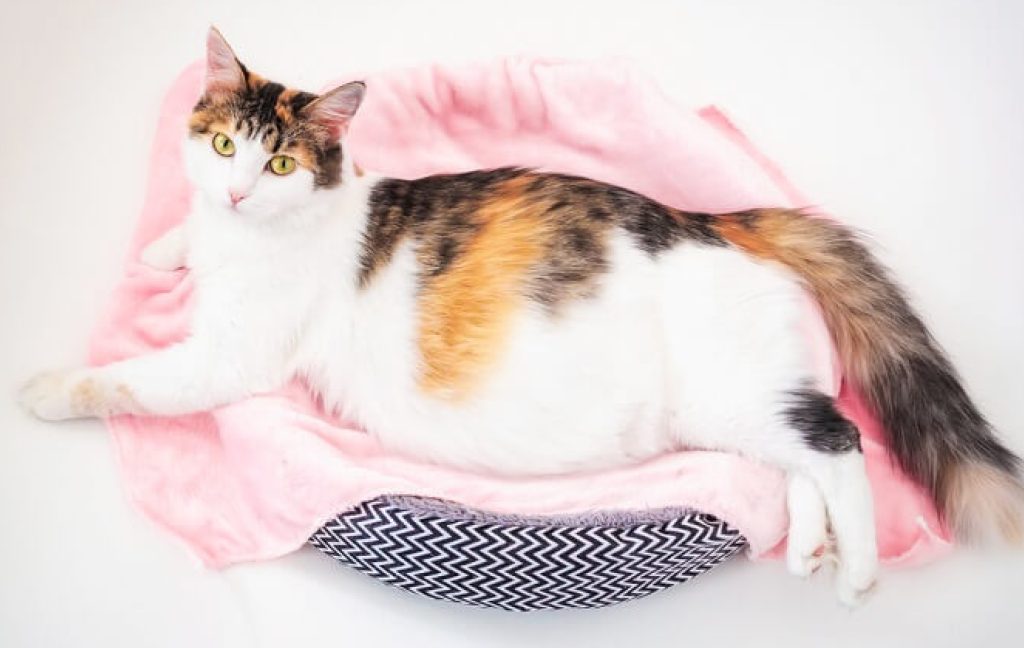
Pregnancy doesn’t just affect your cat physically; it also gently reshapes her emotional landscape. As her body works harder to grow healthy kittens, her behaviours may become more subdued, selective, or affectionate.
Here’s what you might notice:
- Increased clinginess: She may follow you around or nap on your lap more
- Resting longer: You may find her curled in warm, quiet places often.
- Greater sensitivity: She will feel more sensitivity near her belly or lower back when touched.
- Nesting urges: She will start “scouting” for comfortable, hidden places in the second half of pregnancy.
These are not signs that something has gone wrong; they indicate that her priorities are changing. Hormones like progesterone calm her instincts for adventure and heighten her need for safety and security.
Being gentle, predictable, and calm during this time helps her feel confident and grounded. The more trust she builds with you, the more secure she’ll feel come delivery day.
Physical Signs of a Healthy Pregnancy
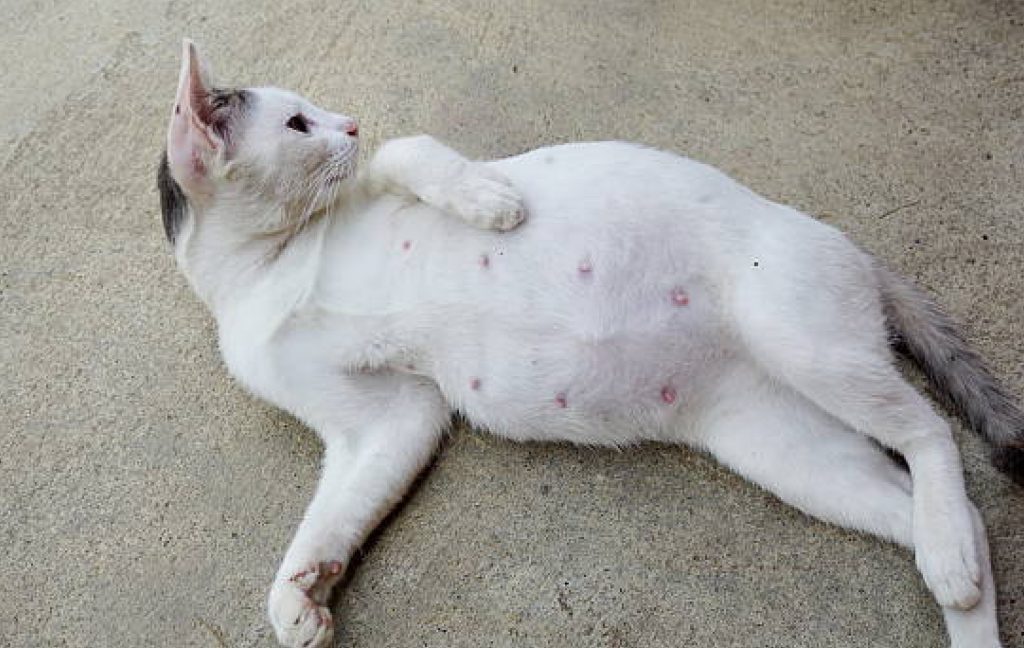
While some signs of cat pregnancy are subtle, others unfold more clearly as the weeks pass. Knowing what is common can reassure you and alert you if something seems off.
Look for these key milestones:
- Week 3: Nipples “pink up,” enlarge, and become more vivid in color
- Week 4–5: Her belly begins to round out—not bloated, but gently firm
- Week 6–7: You may notice swaying when she walks or see movement under her belly
- Week 8–9: She may produce milk or clear discharge from her nipples, especially as birth nears
It’s common for her appetite to increase steadily, then slightly decrease 24–48 hours before labor. Occasional nausea is okay, but persistent vomiting is a sign that something is wrong.
If she gains weight steadily, remains relaxed, and shows no signs of distress, chances are she’s progressing just as she should.
Pregnancy Confirmation & Vet Checkups
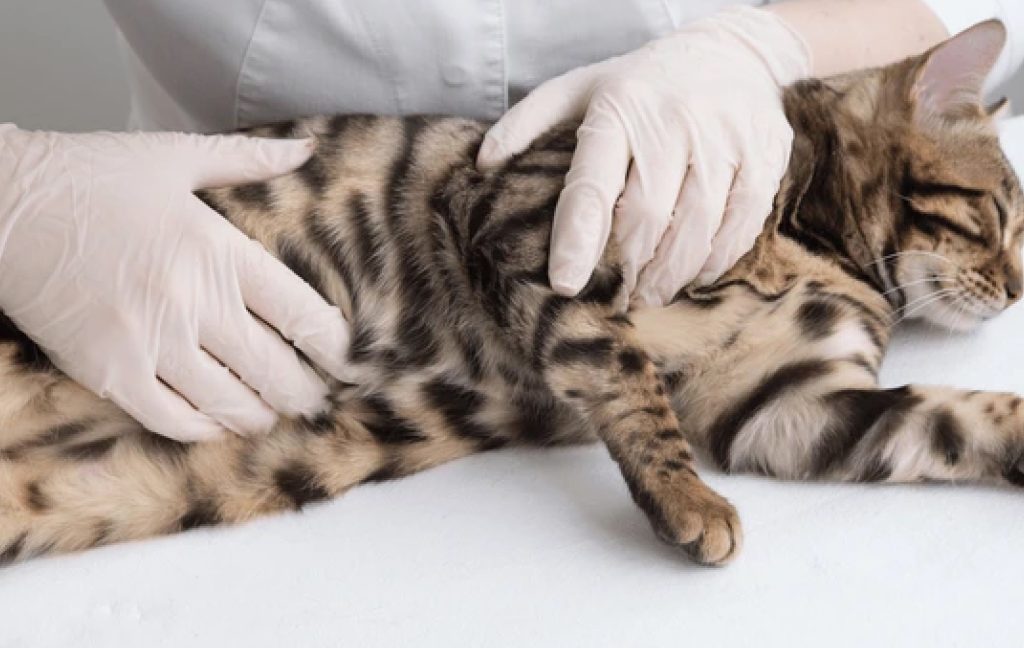
To confirm your cat is pregnant, a trip to the vet can provide peace of mind and help you plan accordingly.
What your vet might do:
- Gently feel her belly (after 3–4 weeks): Tiny kittens feel like small beads or grapes; only an experienced vet should check.
- Ultrasound (as early as day 16): This can show fetal heartbeats and confirm pregnancy.
- X-ray (after day 42): This shows how many kittens to expect.
- Health check: The vet will recommend a diet plan, safe deworming, and any vaccines or treatments that are needed during pregnancy.
This is also a lovely time to ask any questions, no matter how small. A supportive vet helps ease any worry you might have.
Signs of Cat Pregnancy Complications
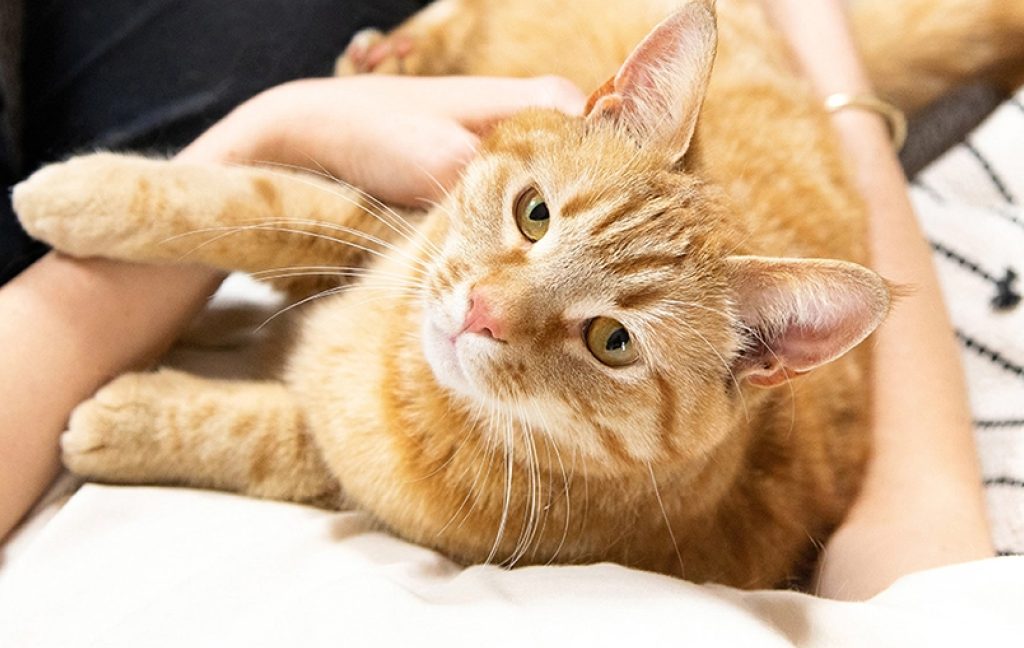
Most pregnancies go smoothly, but it’s important to know when something isn’t right. Recognizing early warning signs can be life-saving for your queen and her kittens.
Call your vet immediately if you notice:
- Persistent vomiting or diarrhea
- Lack of appetite for more than 24 hours
- Discharge that’s dark, bloody, or foul-smelling
- Sudden lethargy or signs of pain
- Signs of labor with no kittens after 2 hours
- Visible contractions lasting over 60 minutes without delivery
Infections like pyometra, eclampsia (milk fever), or miscarriage are rare but serious. Don’t wait and see; veterinary help is critical.
Keeping up with vet visits, a clean nest area, and stress-free living can greatly reduce these risks. If something feels “off,” trust your instincts.
Stages of Pregnancy in Cats
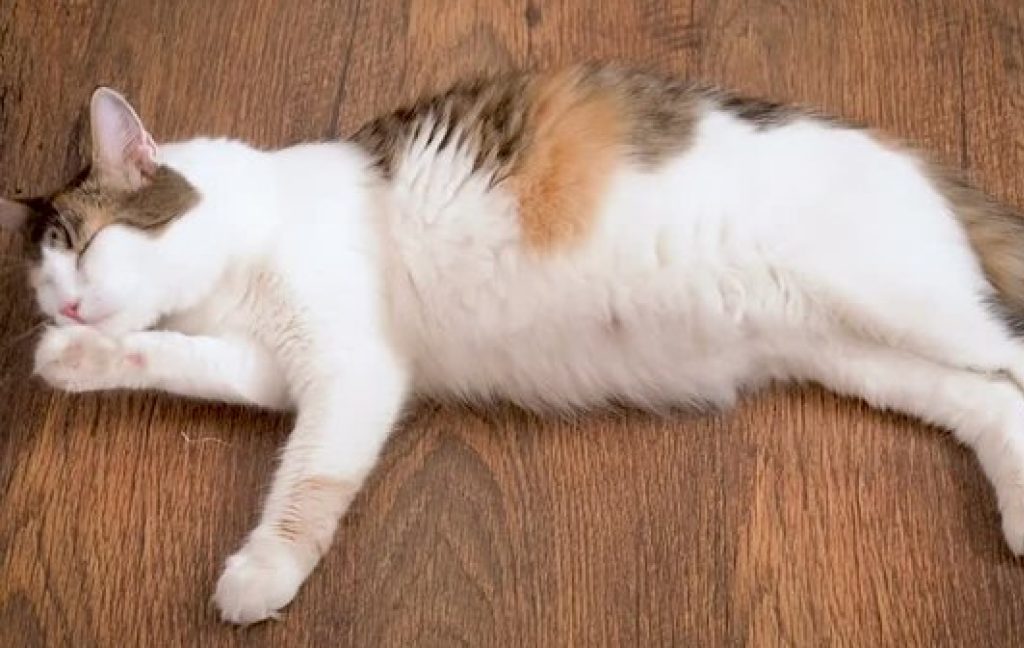
Cat pregnancy lasts around 63–67 days (about 9 weeks). It’s a gentle unfolding, week by week, of life growing within her.
Weeks 1–2:
- Fertilised eggs travel and settle into the uterus.
- Hormones shift.
- Nipples begin to pink.
Weeks 3–4:
- Embryos grow.
- Appetite increases.
- You might see a little morning queasiness.
Weeks 5–6:
- The belly becomes noticeable.
- Her body may sway a bit when walking.
- You might feel tiny movements if you gently place your hand on her side.
Weeks 7–8:
- Nesting begins; she searches for a quiet, safe place.
- You may see milk drops from her nipples.
- Her appetite peaks and may slowly decline just before birth.
Week 9:
- Kittens move into birthing position.
- She may become clingy or want to be alone.
- Birth can happen at any time now. Keep her safe, warm, and observed without stress.
Helping a Cat Through Labor: Dos and Don’ts
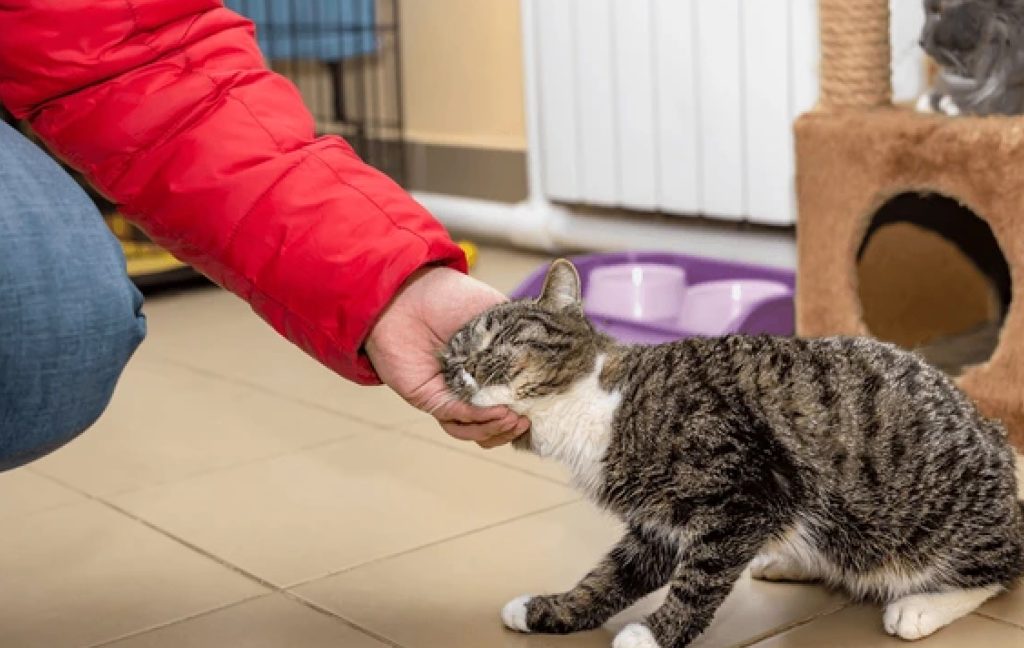
As labor approaches, you’ll want to step into the role of calm, prepared support, not a panicked observer. Most queens birth on their own, but knowing when to act (or stay back) is key.
DO:
- Keep the room quiet and softly lit
- Ensure her nesting area is warm, private, and easily accessible
- Offer water and food nearby, but don’t force her to eat
- Prepare clean towels, gloves, and your vet’s number in case of emergency
DON’T:
- Try to move her unless necessary
- Handle the kittens immediately after birth unless there’s a medical issue
- Don’t panic if she eats the placenta; it’s natural and nutrient-rich
- Allow other pets or young children in the birthing area
Your role isn’t to lead; it’s to witness, support, and be ready. Labor can last a few hours or up to a day. If things feel slow but steady, trust her instincts.
Delivery Process Explained in Cat Pregnancy
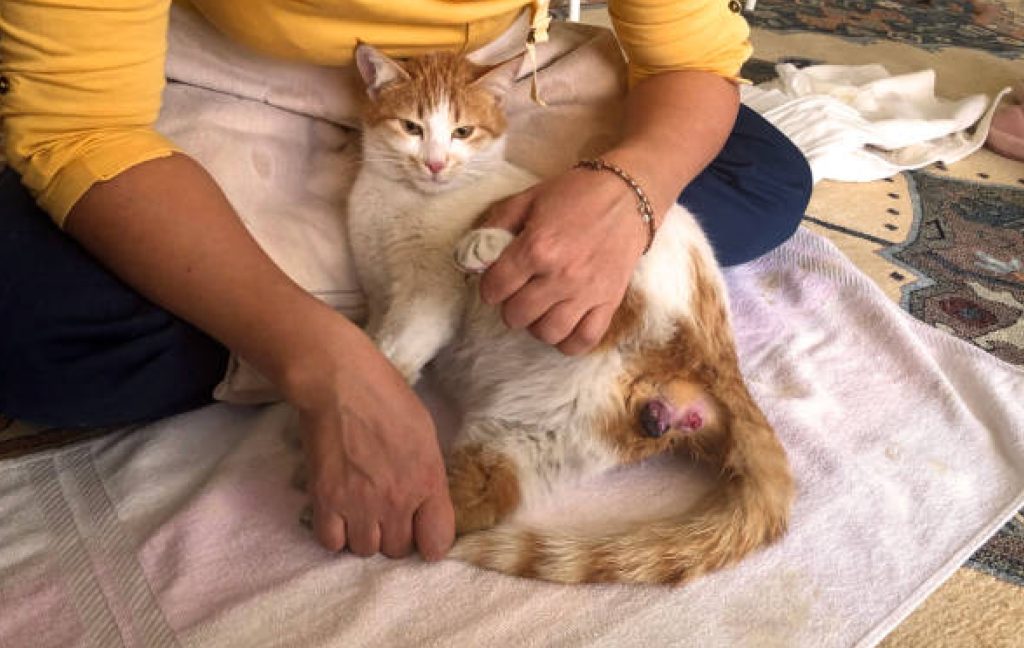
When her time comes, your queen will let you know, though sometimes it’s very quiet and instinctive.
Signs of labour:
- Restlessness or pacing
- Vocalising softly
- Licking her genitals often
- Clear vaginal discharge
- Nesting and circling in her box
- Contractions, her belly tightens, and she strains gently
The Birth (Stage Two):
- Kittens are usually born every 15 to 60 minutes
- Each arrives in a thin sac; she’ll break it and begin licking them clean
- She might eat the placenta; this is normal and nutritious
- She’ll rest between kittens, sometimes even for an hour
- Stay nearby but calm. Let her lead. She was built for this.
Call your vet if:
- She’s straining for over an hour with no kitten
- You see dark discharge with no progress
- She seems in pain or distressed
- More than two hours pass between kittens
Your calm energy helps her stay grounded. Speak softly. She trusts you.
Caring for Kittens & Mother Cat
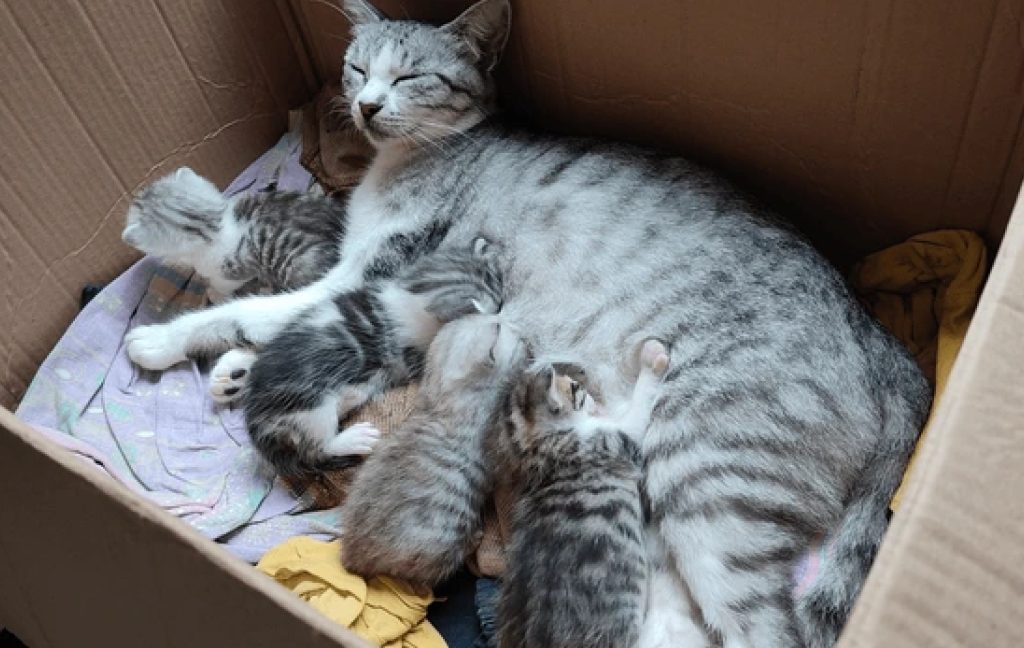
After birth, your role shifts into gentle support and quiet care.
For the queen:
- Keep food and water close; nursing requires energy
- Feed her high-quality kitten food to support milk production
- Change bedding if it gets soiled, but don’t remove her scent entirely
- Let her rest. Limit visitors and other pets for a few days.
For the kittens:
- They should find the nipples and begin feeding in the first hour
- Their bodies should feel warm, never cold
- Weigh them daily to ensure steady growth (even a kitchen scale works!)
- Keep the room warm; newborns can’t regulate their temperature yet
If one kitten seems left out, smaller, or isn’t nursing, you may need to step in with bottle-feeding. Your vet can guide you with this.
By week 3 or 4, tiny eyes open and wobbly steps begin. Prepare for squeaks, play, and a whole lot of heart-melting moments.
Transitioning to a Post-Pregnancy Routine
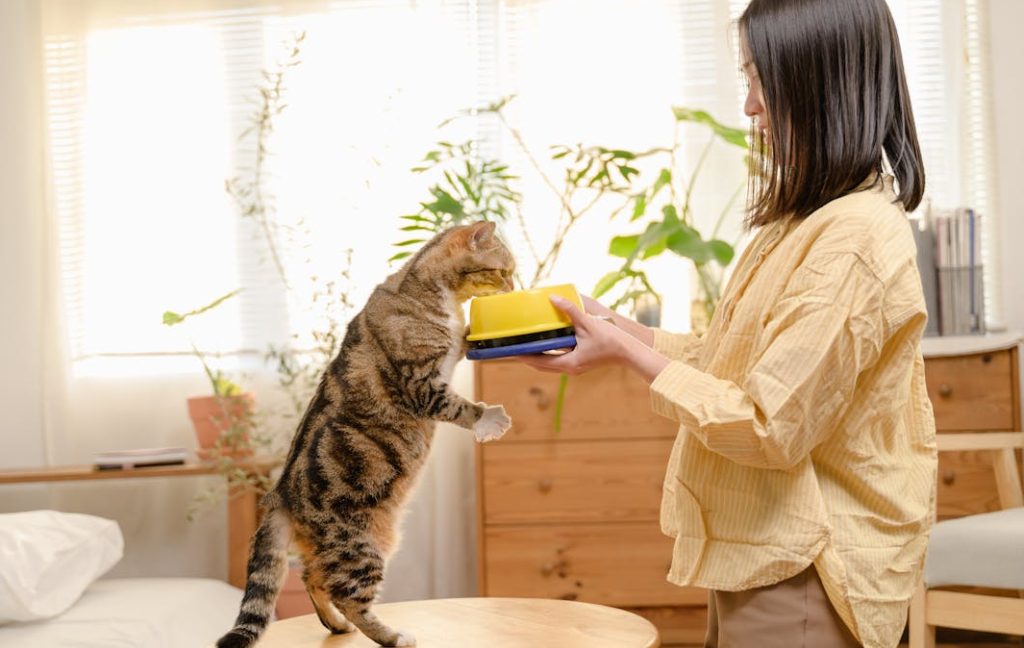
After weeks of nurturing, nursing, and guarding her litter, your queen will slowly return to her independent self. But that transition takes time and thoughtful care.
Here’s how you can support her:
- Gradually shift back to adult cat food if she’s no longer nursing
- Reintroduce gentle play to rebuild her strength and confidence
- Offer a quiet space, especially if the kittens are still nearby and energetic
- Schedule a spay appointment (6–8 weeks post-weaning, if no further litters are planned)
- Continue regular vet visits to monitor her weight, hydration, and behaviour.
This is a time of rebalancing. She may be more affectionate, or she may want distance. Let her lead. You’ve helped her through an incredible journey; now give her time to rest and thrive in the next chapter.
Conclusion
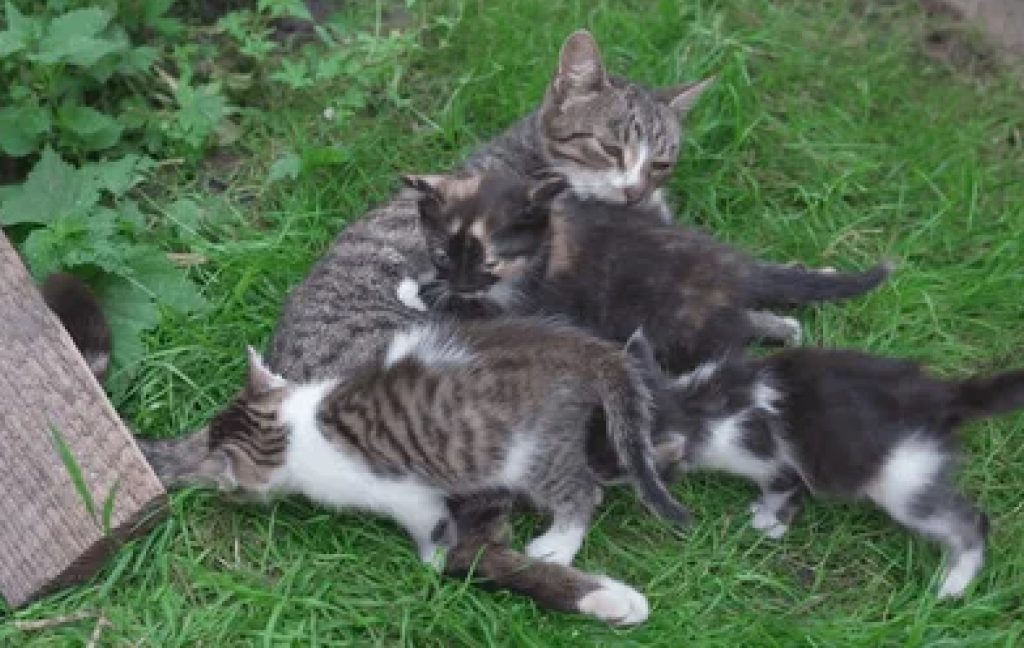
The journey of a cat’s pregnancy is a remarkable blend of instinct, transformation, and tender care. From the first signs of heat to the joyful arrival of kittens, your role as a supportive companion is invaluable. By understanding the stages, from mating, pregnancy, labor, and beyond, you’ve equipped yourself to provide a safe, nurturing environment for your queen and her litter.
With attentive care, regular vet visits, and a calm presence, you’ve helped her navigate this extraordinary chapter. As she transitions back to her everyday self, your bond will only deepen, enriched by the shared experience of bringing new life into the world. Cherish these moments and continue to shower her with the love and care she deserves.

